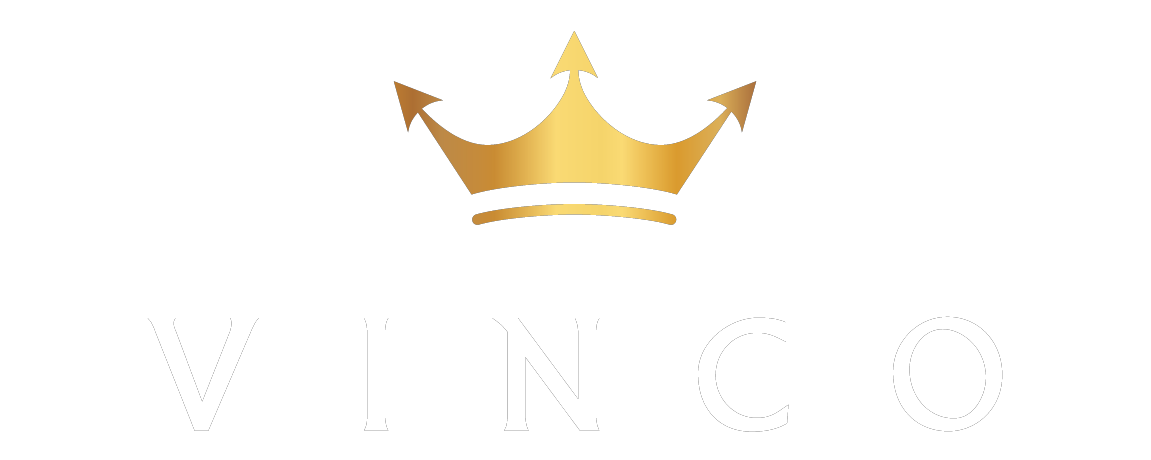How to Leverage your Employer Brand when recruiting and interviewing your future employees
- by Steven Ellison
- •
- 23 Jan, 2019

You only have one opportunity to make a first impression. Your brand in the talent market needs therefore to be exceptional. In the present digital age candidates first impressions can be communicated to the potential employee pool in an instant. These initial interactions between candidates and your business set the tone for the future relationship and perception of your business.
One of the most important decisions an individual can make is their choice of career path and employer. When asking people to commit to you and your business It is essential to recognise how your business is perceived and how the touch points along the recruitment process can build the confidence in candidates to put their trust in you and become ambassadors of your business brand.
When planning an employment interview the following points should be considered;
Interview planning
Think about the employee you are looking for? Formulate a job description and an employee key skills specification. Use these to identify clear criteria upon which candidates can be assessed.
Rank the criteria according to its importance. For example, a Plumber might need technical knowledge (weighted 9), then Customer skills (weighted 6), followed by, reliability (weighted 7) and so on.
Which selection methods will you use?
Preliminary written information can be obtained from applicants and used to create a shortlist. An application form or CV will offer basic information on qualifications and experience. The interview can then explore these in more depth.
Send written instructions to applicants
Let them know when the interview will be held, what time to arrive and who to ask for.
Make sure applicants have a job specification and know what the job requires. Tell applicants the format of the interview and if they need to do any preparation.
The Interview itself
Start by welcoming the candidate, put the candidate at ease and outline the structure of the interview. Introduce the other interviewers and explain each person's role and contribution to the interview.
Ask questions to check information provided on the CV or application form and probe any gaps in the candidate's career. Ask for details about levels of responsibility, such as the budget and size of projects.
Build on the information in the CV and the responses already given. Ask candidates to:
· identify their most important experiences;
· discuss the skills they need to develop;
· outline how they will add value to the company if they get the job.
Give more detail on the scope of the job and your expectations. Invite questions on the nature of the job, the terms and conditions, or the company. Ask candidates if they have any comments or if there is anything they wish to ask.
Testing should be a central part of your selection process, helping you check the claims made on applicants' CVs. If you have no experience of the candidate's field of expertise, get someone who has to help you test.
For example:
Test accountancy personnel by printing off a sample profit and loss table and asking them to identify problem areas. You can use psychometric tests to measure candidates' general aptitude, specific skills and personal qualities.
Bring the interview to an end
Establish whether or not the candidate is interested in the position. Confirm that referees may be contacted and tell the candidate how and when the decision will be made. Check you have accurate contact details.
Decision time
Assess the evidence for each candidate against the selection criteria using a scoring system to turn observations into numbers. This makes it easier to compare candidates. Calculate a score and multiply the score for each of the criteria by the appropriate weighting and total the results. Candidates who do not achieve the required standard should be discounted at this stage. Make your decision based on the candidates' weighted scores and any other evidence you have collected, combined with your judgement.
Make it clear if the offer is contingent on matters which you have not yet been able to assess such as references or a qualifications check. Back up any phone calls with written confirmation. Try to provide brief, factual and helpful feedback to unsuccessful candidates.
Conclusion
One of a business’s biggest assets will be its key people. A business’s ideal position is to retain key people and employees. The irony is however that retaining people begins with their recruitment. It is essential therefore that the image you present to candidates is an honest reflection of the business the candidate will be joining. Recruitment is the beginning of the employees’ journey and sets the tone and relationship of their relationship with the business. Get the right people on the bus and the rest will follow
As part of our Management Consultancy services Vinco London Consulting help businesses understand and maximise value from the recruitment process.
Contact us for further information we would love to hear from you
Telephone: 0207 183 7722
www.vincolondon.co.uk/contact-us






